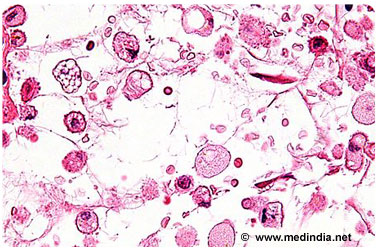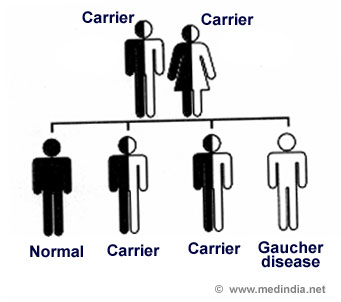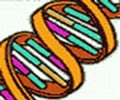About
Gaucher’s disease is a rare genetic disorder in which certain harmful fatty substances accumulate to excessive levels in different body organs. It arises due to the lack of an enzyme called glucocerebrosidase. Hence the disease is also called glucocerebrosidase deficiency. It belongs to a group of diseases called glycolipid storage diseases.
Children with the infantile form of the disease usually die within a year, but those who develop the disease later in life may survive for many years. The disease is most common among Ashkenazi (Eastern European) Jews.

Gaucher’s disease is of three types:
Type 1 is a chronic form and is the most common one.
Type 2 is the infantile form usually causes death in the first year of life.
Type 3 is a juvenile form that can begin at any time during childhood.
Deposition of the fatty substances can occur in liver, spleen, lungs, bone marrow and, less commonly, brain. This can affect the normal functioning of the body, cause organ enlargement and bone pain. The disease can occur at any age. Treatment involves enzyme replacement.
Causes and Risk Factors of Gaucher’s disease
Causes
Gaucher’s disease arises due the lack of an enzyme called glucocerebrosidase. This enzyme normally breaks down fatty substances (lipids) called glucocerebrosides. The deficiency of the enzyme hence leads to the accumulation of lipids in different organs and tissues. The disease arises due to genetic mutations. More than 300 genetic mutations have been found to be associated with Gaucher’s disease.
The disease is an inherited one that follows a pattern called autosomal recessive, i.e. both parents must be carriers of the genetic mutation that causes Gaucher’s disease for their child to develop the condition.

Risk Factors
The risk of developing Gaucher’s disease or being a carrier increases if there is a family history of any type of Gaucher’s disease. People of Eastern or Central European Jewish (Ashkenazi) ancestry are at high risk of having type 1 Gaucher’s disease or being a carrier. Types 2 and 3 can occur in any ethnic group.








